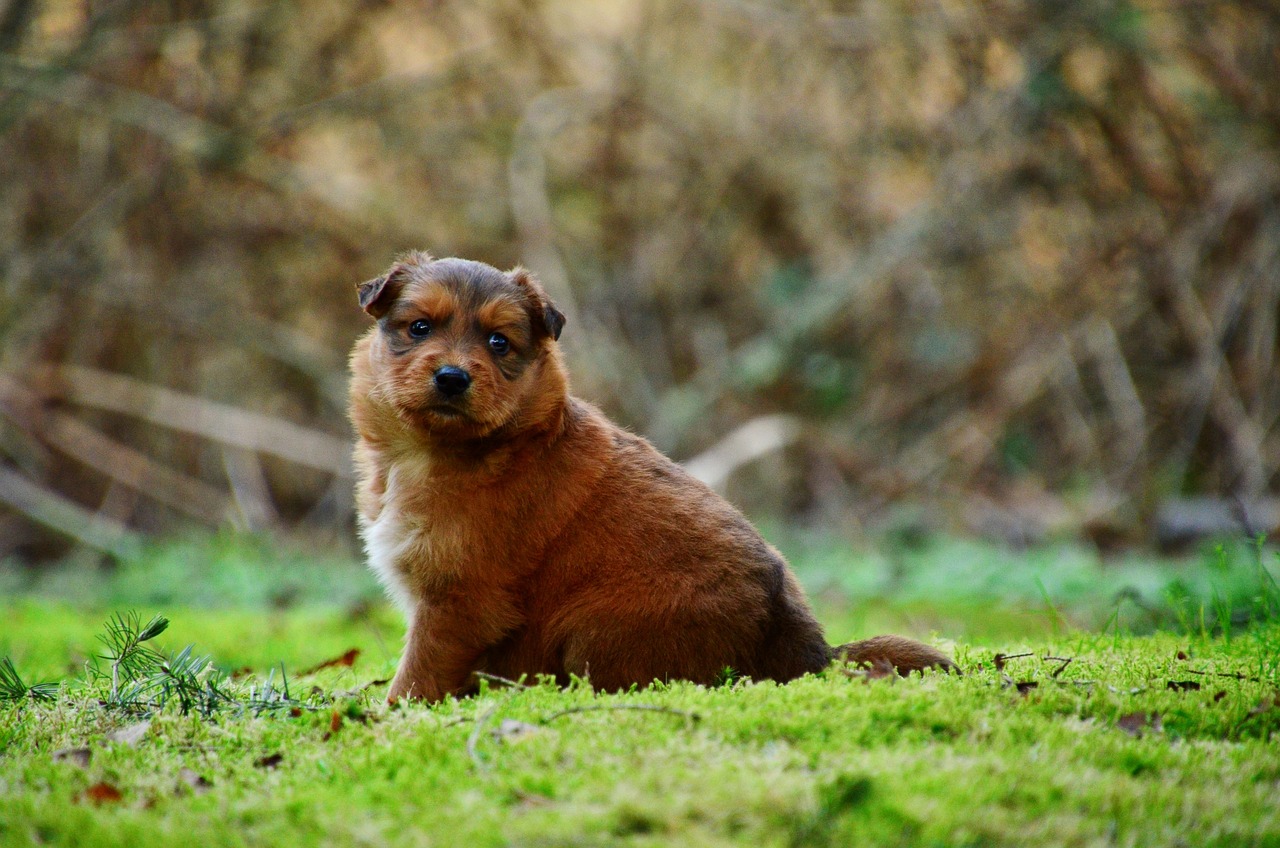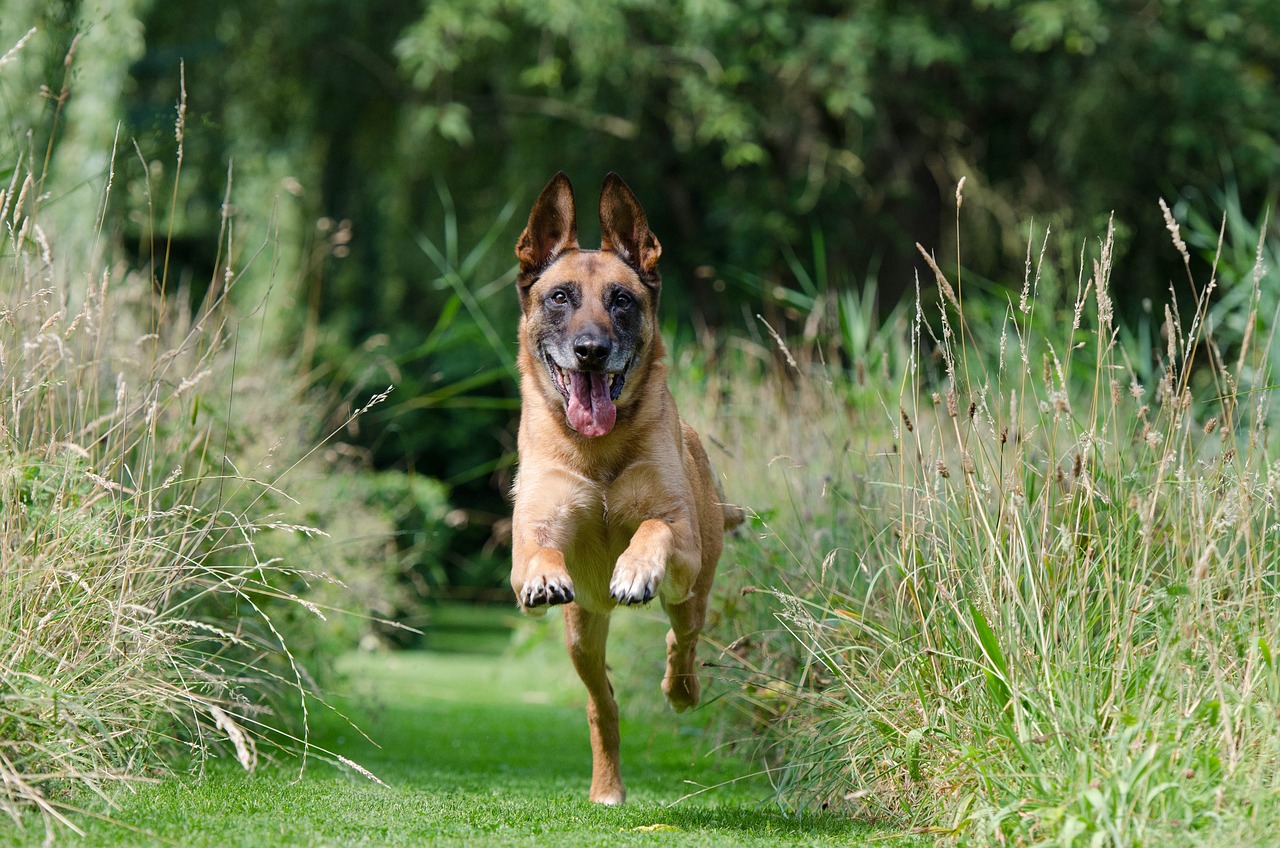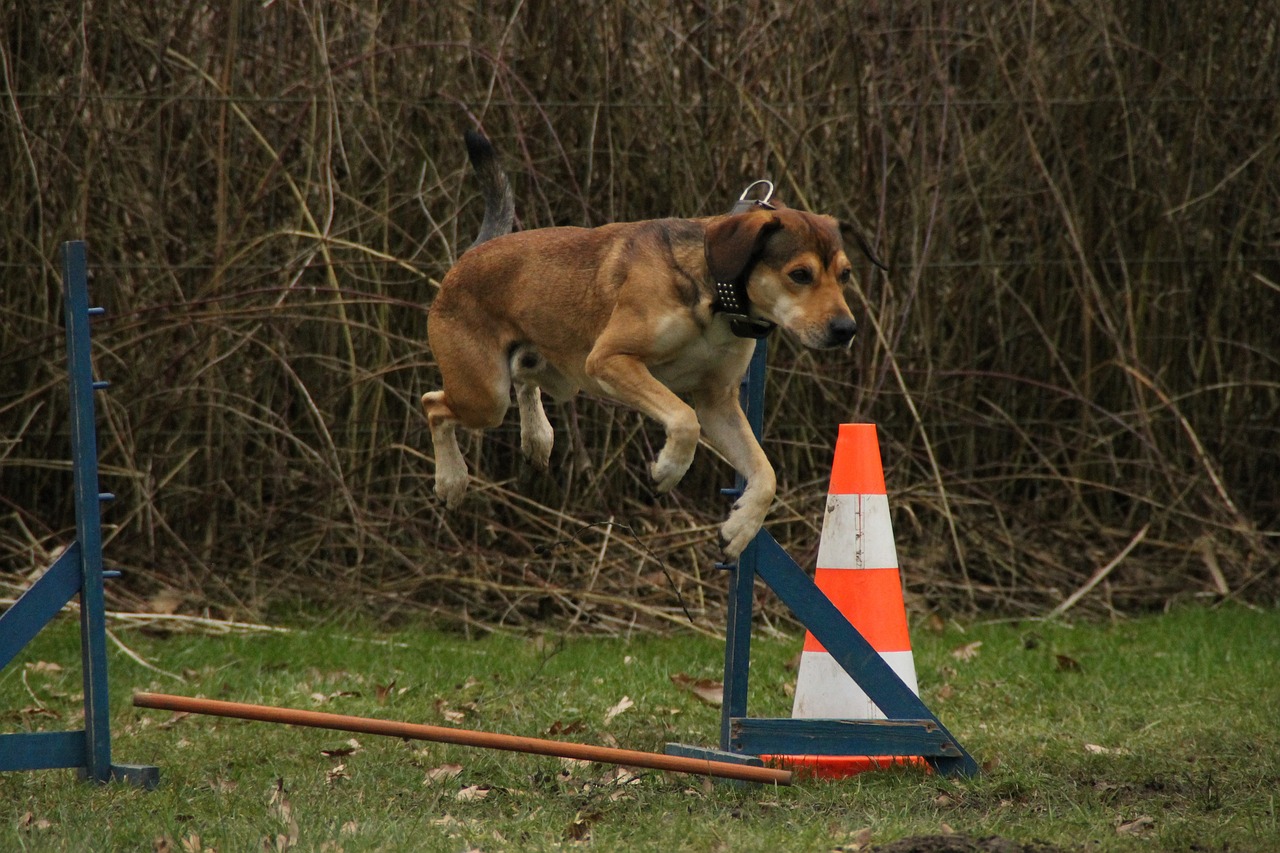Exercising Your Puppy: A Guide to Healthy Development

Overdoing it can lead to joint and bone damage, potentially resulting in conditions like arthritis and hip dysplasia. Yet, providing adequate activity to prevent boredom, frustration, and behavioral issues is equally important. This guide will help you navigate the right approach to keep your puppy active and content while their bones and joints mature.
Determining Your Puppy's Exercise Needs:
Exercising your puppy is essential, but you must exercise caution during their growth phase. Their joints require time to mature, and their growth plates must fuse before engaging in high-intensity or high-impact activities. Too much exercise during this crucial period can result in permanent damage to their joints and bones, potentially causing health issues like arthritis and hip dysplasia. On the other hand, excessively limiting their exercise can lead to boredom and frustration. Striking the right balance depends on your puppy's age, size, breed, and lifestyle:
Age: As your puppy ages, they can engage in more physical activity. Always monitor them closely and encourage rest if they show signs of fatigue.
Size: The duration of your dog's growth phase depends on their breed and size. Most dogs reach full maturity by one year of age, but larger breeds like Greyhounds, Labradors, Dobermans, and Great Danes may take 18 months to 2 years.
Breed: Certain breeds are more prone to joint issues like hip dysplasia, making it essential to exercise them sensibly. If concerned, avoid high-intensity activities, discourage jumping and skidding, and consult your vet for guidance.
Lifestyle: Proper nutrition is as crucial as exercise for your growing puppy. Excess weight can strain their joints, so ensure a healthy diet.
While you may have heard of the "5-minute rule" (5 minutes of exercise per month of age), it's important to note that this rule lacks scientific backing and may not be suitable for most puppies.
Appropriate Exercises for Puppies:
Engaging in play, short walks, and training sessions are excellent ways to enhance your puppy's fitness, strength, confidence, and social skills. Here are some tips for safely exercising your pup:
Play: Playtime at home and in the garden keeps your puppy physically and mentally active. Remember to let them rest when they tire out, and explore suitable toys available at our PDSA pet store.
Walking: Puppy walks serve as a means for them to explore the world, experience new stimuli positively, and build stamina. Ensure they are fully vaccinated before venturing outside, and gradually increase their walking distance. Always stop for rest breaks if your puppy gets tired.
Running Around: At home and in your garden, allow your puppy to run freely at their own pace. However, avoid taking them out for a run, as it can be too intense for their developing bones. Save running for when they are fully grown.
Training: Basic obedience training stimulates your puppy's mind and is a tiring activity. Keep training sessions enjoyable and brief, allowing your puppy to rest when they've had enough.
Thinking Activities: Mental stimulation is as crucial as physical exercise. Create puzzle feeders and snuffle mats to keep your puppy's mind active.
Risks of Over-Exercising Your Puppy:
Like human children, puppies require time for their bones and joints to mature. Over-exercising during their growth phase can damage their growth plates and joints, potentially causing conditions like early-onset arthritis and hip dysplasia.
Signs of over-exercising may not be immediately apparent in puppies, making it vital to regulate their activity. Watch for signs of fatigue during walks, and if your puppy is highly excitable and doesn't show signs of tiredness, ensure they rest by placing them on a lead when necessary.
Exercise Safety for Puppies:
To ensure the safety of your puppy during exercise, consider the following precautions:
Full Vaccination: Exercise in public spaces should only commence once your puppy is fully vaccinated.
Limit High-Impact Activities: Avoid jumping, twisting, and skidding, as they can be detrimental to growing joints.
Short Sessions: Keep exercise sessions short and allow your puppy to rest as needed.
Monitor Tiredness: If your puppy shows signs of tiredness but doesn't voluntarily rest, put them on a lead and let them recover for a few minutes.
Floor Protection: Cover slippery floors in your home to protect your puppy's joints.
Gradual Fitness Building: Refrain from long walks, hikes, or high-intensity activities like running and cycling until your puppy reaches full maturity. Gradually build their fitness over time.
By following these guidelines, you can ensure that your puppy enjoys a safe and healthy exercise routine that supports their development into a happy and robust adult dog.
Get insurance plans with wide-ranging coverage options












